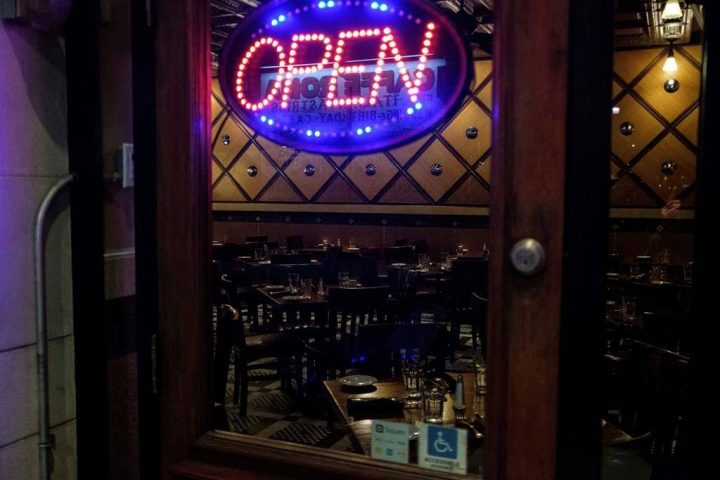As Saskatchewan businesses slowly reopen, the province will see an uptick in economic activity.

However, things won’t go back to normal overnight.
It’s “unrealistic to expect a rubberband-type bounce back” for the economy, according to Jason Childs, an economics associate professor at the University of Regina.
Under Phase 1 of the Reopen Saskatchewan plan, restricted medical services such as dentists and optometrists can open May 4. Golf courses follow suit May 15 and campgrounds can reopen gates June 1.
However, these industries contribute little to the provincial economy and employment rate compared to the retail and restaurant industries, which aren’t set to open until Phase 2 and 3, respectively.
“We’ll see an uptick in economic activity, but it’s not going to be very big to start,” Childs said.
“Retail is a huge employment sector in this province and across the country, so as we reopen slowly, that employment is going to recover slowly.”
Saskatchewan’s unemployment rate rose to 7.3 per cent in March — up from six percent in January.

Get daily National news
However, the provincial unemployment rate is still below the national rate of 7.8 per cent.
“That was to be expected. Our lockdowns weren’t as intense and we aren’t as service-driven as some other economies,” Childs said.
Childs expects April’s rate to be even higher. Nationally, he said, it could reach double digits.
Employment could also take a hit as social distancing becomes the new normal and businesses require less staff to deal with fewer customers, Childs said.
There is also a “very good possibility that some companies don’t fully rehire” after proving they can operate with less staff through a pandemic, according to Childs.
“Suddenly we’ve seen labour-saving adaptations take hold that might not have happened for a number of years, yet, so we could be accelerating a shift away from labour towards capital,” Childs said.
Consumer spending is down nationally, around eight per cent, according to Childs.
He said the unemployment rate combined with low commodity prices could impact if and how people spend their money once businesses reopen.
“It’s going to be tough for people to get out there and spend the way they were a year ago,” Childs said.
The federal and provincial governments are supporting Canadians through grants and benefits during the pandemic.
While Childs said that spending is “necessary,” it’s not what is going to save the economy.
“The speed and strength of the economic recovery in Canada is going to depend on the speed and strength of the economic recovery in the U.S.,” Childs said. “It’s not going to depend on government spending of any stripe, it’s going to depend on our ability to access export markets.”
Childs said the future prices of oil, potash and agricultural commodities will help determine the future of our economy.
“We’ll see what happens as seeding gets underway, how much activity that brings back on board, what it does to different retailers,” Childs said. “It’s a big question mark.”
Childs said there is a possibility of businesses reopening now only to be forced to close again if there is another wave of coronavirus cases.
While some economists believe shuttering business doors a second time could be detrimental, Childs said the benefits of reopening outweigh the costs.
“If we open now, you inject some revenue and some hope and some economic activity in the system,” Childs said.
“You allow people to build up their cushions and get some employment and get some activity going again.”
Reopening and then closing again will still yield better economic results than businesses facing a prolonged closure, according to Childs.












Comments